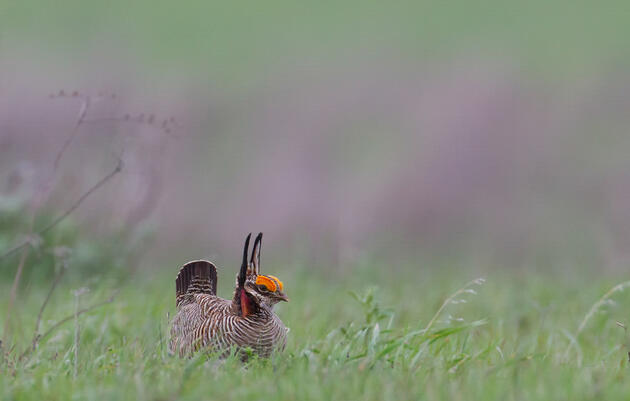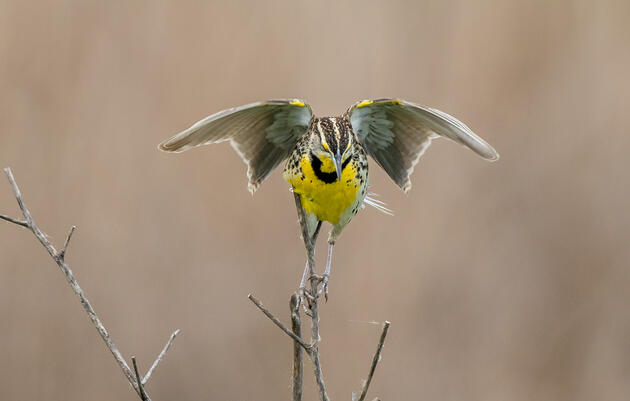Recently New Mexico has found itself on the frontlines of both the climate and biodiversity crises. Record droughts and exceedingly low river and reservoir levels have deprived ecosystems of life-giving water. Our skies are increasingly filled with smoke as fires rage across the west. And almost 1 year ago today, 10’s of thousands of migratory birds fell from the sky as poor conditions led to an unprecedented bird die-off
We are facing these challenges as we also live through a seemingly endless pandemic and the economic uncertainty that has come with it. We have an unstable oil and gas industry that waxes and wanes while trying to provide nearly 45% of our budget. And in the midst of this, our state agencies face an estimated backlog of hundreds of millions of dollars in desperately-needed on-the-ground restoration and conservation projects. Completing those projects would help with many of the problems New Mexico faces by providing jobs, creating climate resiliency, diversifying the economy, and improving habitat for species in need.
Unlike many states, New Mexico does not have a dedicated source of revenue, like a tax or a fee, to pay for restoration and conservation projects. This means that all money for projects must be built into the general budget, and it also means that New Mexico leaves a lot of federal money on the table because it does not have a way to contribute the often-required state matching funds to get it. For example, should the Recovering America’s Wildlife Act (RAWA) pass Congress soon, New Mexico would be slated to receive 27 million dollars annually to help species of concern. But RAWA requires a one-quarter state match, meaning we would only get the 27 million dollars if we came up with 9 million dollars ourselves, something we are not currently able to do.
These issues are innately connected with the 30 x 30 initiative signed by Governor Lujan-Grisham on August 25th. New Mexico has joined the federal government and several other states in committing to protection and restoration of 30% of the land under their jurisdictions by 2030. In her Executive Order, the Governor noted that, “in New Mexico, the loss of natural habitat and biodiversity catalyzed by increasing temperature and drought will outpace nature’s regenerative abilities, and current levels of protection and conservation will not change this trend”, and that, “protecting and restoring forests, wetlands, and natural working lands will be necessary to achieve the goals” of the Order.
Amazingly, the next budget year will also see New Mexico with unprecedented revenue. Recent estimates suggest the state will have 8.8 billion dollars, which is 1.4 billion dollars more than our last budget year and does not include nearly 2 billion dollars we will receive from federal COVID stimulus money. This gives us the opportunity to invest in projects and programs we could never even consider before.
Audubon Southwest is working with conservation organizations, landowners, soil and water conservation districts, tribes, acequias, state agencies, legislators, and other decision-makers to advance a strategy that would use a portion of New Mexico’s surplus to invest in and fund restoration and conservation projects over the next decade. An investment of 200 million dollars would yield approximately 30 million dollars annually over 10 years as the fund is spent down. This would be split between specific state agency programs which often see only a few hundred thousand dollars in annual general funding, and sometimes none at all.
We hope that by doing this, New Mexico will be in a better position to weather the changes in store for us over the next century, and to have a healthier and more diversified economy. We believe this is the year to create such a fund, and we will be sure to update you, our membership, on how you can get involved as the 2022 legislative session approaches.






